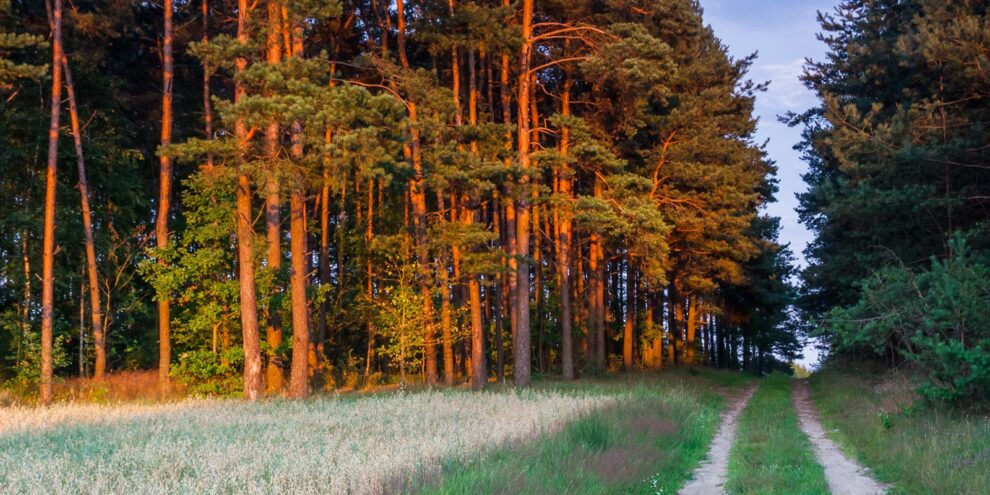Know the Value of Your Timber Ahead of Time
Rural land, especially in the Southeast, often has timber growing on it. Many landowners manage timber in an effort to enhance the productivity and health of their woodlands, and choosing to sell the timber is one of the most rewarding management activities many forest owners undertake. It is also serious business that requires careful preparation and consideration, and having a plan to sell your timber will help you be a better steward of your land. You can bet that timber buyer’s, mill procurement foresters, and loggers know what they are buying. Do you know what you are selling?
Because landowners sell timber infrequently, and don’t have the specialized knowledge, land agents are often asked by landowners, “what’s it worth, and how do I get top dollar?”.
Fact is, trees that look pretty can be almost worthless. Yet, well managed, mature, planted pines can fetch as much as $2500/acre. Timber value of a property is variable based on local market conditions, the stand (species and density), when it was last cut and how much the owner is willing to harvest.
Unless you have the experience and contacts, the best way to answer these questions may be to retain an experienced consulting forester to advise you. A consulting forester is a professional forester with a forestry degree from an accredited university program. By “consulting”, we mean a forester that does not also buy timber for mills or for his own account. Their principal business activity is providing forestry advice to the public on a fee or contractual basis, and their main focus is on the timberland owner who hires them.
How You Sell Timber is Important
When thinning older timber, get at least three per-ton bids before making a decision. The timber buyer typically does not have to have the total cash for the sale in hand before the harvest starts, but rather pay you weekly, based on the timber harvested during the week. You’ll be paid by the ton as the trees are cut. There is usually a lag of about one to two weeks between the harvest and the landowner getting paid.
When it’s time for the final harvest, always get an independent appraisal ahead of time. The appraisal is based on carefully analyzed data to be statistically accurate, most of which is collected from a timber cruise.
Next, let timber buyers compete by using the “sealed bid” method of selling. By inviting 100 timber buyers to bid on your timber you’ll put significantly more money in your pocket (100% more is not uncommon) than if you only get a price from two or three timber buyers.
Always Get A Solid Written Contract
A written timber sale agreement or contract is generally the preferable and safest method of selling timber and will help ensure that you have a good experience selling timber. The contract will cover things like insurance minimums, amount of performance bond above the price of the timber, termination date, how the trees are marked, how many trees, who is liable for damage to the property, and of course, price and payment terms.
With a final harvest, be sure all trees are paid for in advance before any harvesting happens (avoid selling final harvest on a $ per-ton basis, getting paid as the trees are cut).
As a forest land owner, some of the factors in your timber’s value are within your control, and some of them aren’t. But there is one decision you can control that will make a big difference in your timber sale: how you sell it.
This content may not be used or reproduced in any manner whatsoever, in part or in whole, without written permission of LANDTHINK. Use of this content without permission is a violation of federal copyright law. The articles, posts, comments, opinions and information provided by LANDTHINK are for informational and research purposes only and DOES NOT substitute or coincide with the advice of an attorney, accountant, real estate broker or any other licensed real estate professional. LANDTHINK strongly advises visitors and readers to seek their own professional guidance and advice related to buying, investing in or selling real estate.










Buy it low and sell it high!!!
Great article. Where is the best place to start to look at procuring land for a timber business in the NY state?
Good evening Tom, I have a general question. What are the going rate(s) for hiring a “Surveyors” putting “markers” on 2 tracts of land 34 and 20 acres of land. Thanks!